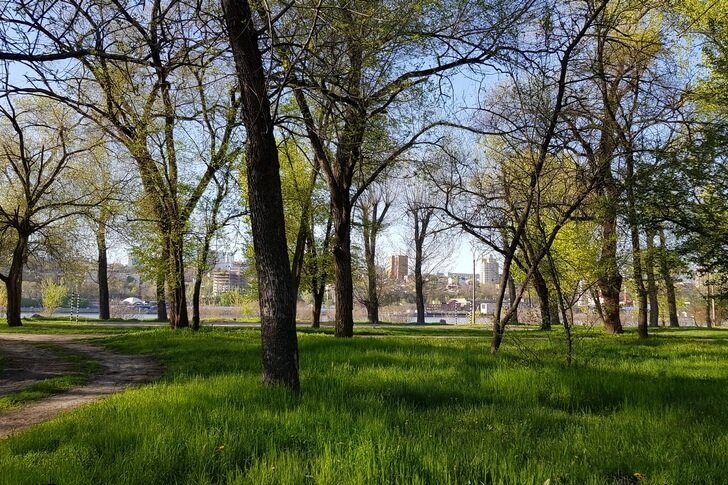"Rostov-Papa", "Gate of the Caucasus", "Azov Liverpool" - as soon as they do not call the hospitable and generous Rostov-on-Don, trying to reflect the whole essence of the city in these allegories. Indeed, here you can see with your own eyes the unique flavor of the south of Russia, about which so many jokes have been invented and many tales have been told.
The city stretches along the banks of the majestic Don, only 40 km separate it from the Sea of Azov. For more than 250 years of its existence, it managed to acquire monuments of various eras: from the time of Catherine II to the present day.
Few people know, but Rostov-on-Don is quite a beach resort. Only in the city limits there are several reservoirs suitable for swimming, not to mention the river itself and the surrounding area.
What to see and where to go in Rostov-on-Don?
The most interesting and beautiful places for walking. Photos and a short description.
- Embankment of the Don River
- Pushkinskaya street
- Bolshaya Sadovaya street
- House of Margarita Chernova
- Paramonovskie warehouses
- Fountain on Theater Square
- Art Museum
- Museum of the North Caucasian Railway
- Rostov Museum of Cosmonautics
- Rostov Regional Museum of Local Lore
- Drama Theater named after M. Gorky
- Rostov Musical Theater
- Cathedral of the Nativity of the Blessed Virgin Mary
- Church of the Intercession
- Iversky Women's Monastery
- Surb Khach Church
- Monument Tachanka-Rostovchanka
- Zmievskaya beam
- Kumzhenskaya grove
- Rostov Zoo
- Touching zoo
- Aquapark H2O
- Central Park. A. M. Gorky
- October Revolution Park
- Levberdon
Embankment of the Don River
City embankment with a length of about 2 km, one of the most visited places in the city. She became famous for the fact that many holidays and festivals are held here throughout the year, as well as folk festivals. In 2012, a color-musical fountain appeared, and in 2013 a number of sculptures appeared: “Artist”, “Fisherman”, “Grigory and Aksinya in a boat”, “Bathing a horse”, “Don Father” and “Cancer”.
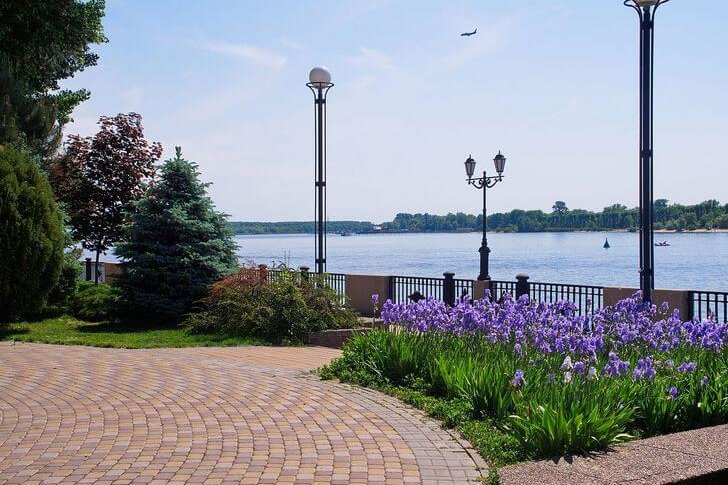
Pushkinskaya street
One of the central streets of the city, on which ancient buildings are located: tenement houses and merchant estates, monuments, squares, artistically decorated flower beds. That part of it, which starts from Chekhov Boulevard, is pedestrian and has the status of a park zone. At the beginning of the 20th century, the street was already illuminated with electricity, and a walking area and a city garden were also organized here.

Bolshaya Sadovaya street
One of the oldest and most beautiful streets of Rostov-on-Don, within which many city sights and administrative institutions are located. Its length is about 3.8 km. Once in this place there was an outskirts and gardens bloomed, so the alley got its name. The street is of great transport importance - the main routes connecting the center with other areas pass through it.

House of Margarita Chernova
A mansion built in 1899, designed by N. A. Doroshenko for M. N. Chernova, commissioned by one of her admirers. It is located on Bolshaya Sadovaya Street. At the beginning of the 20th century, receptions and concerts were often held on the second floor of the building, while the premises of the first were rented out. The building was built in the eclectic style, its appearance harmoniously combines the features of classics and elements of modernity.

Paramonovskie warehouses
The warehouse complex is located near the port of Rostov and at the moment it is a dilapidated building, which, nevertheless, is considered a monument of industrial architecture of the middle of the 19th century. Once they belonged to the merchant Elpidifor Paramonov. In Soviet times, this object was not used for its intended purpose and gradually fell into disrepair until it reached the state of ruins.
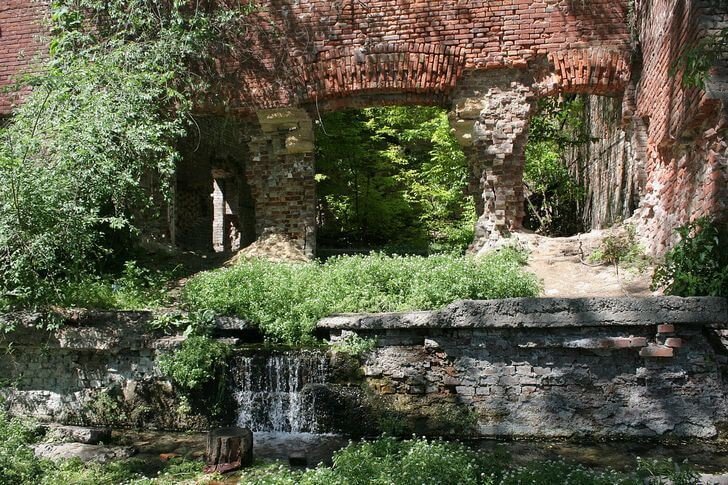
Fountain on Theater Square
The fountain was installed in the square next to the Gorky Theater in the 1930s. The author of the project was a promising graduate of the local art school - E. Vutechich. The composition consists of figures of giants on a pedestal, surrounded by turtles and frogs. During the Second World War, the fountain was completely destroyed, but already in the 1950s it was restored, guided by the surviving photographs.

Art Museum
An art gallery appeared in the city in 1928. To date, its funds include several thousand copies: paintings, graphics, objects of arts and crafts, sculpture and other exhibits. Separate parts of the collection are devoted to Russian art of the 18th - early 20th centuries, Western European and Eastern cultures. During the Second World War, most of the museum was looted, but gradually some of the exhibits were returned.

Museum of the North Caucasian Railway
A complex of two exposition sites, opened in 1960. In 2003, with the assistance of Russian Railways, a second branch appeared. The collection includes more than 50 steam locomotives, diesel locomotives, electric locomotives and wagons, as well as a variety of railway machinery and equipment. In addition, tourists can see old telephones, teletypes, authentic documents, route maps and photographs of prominent figures in the industry.
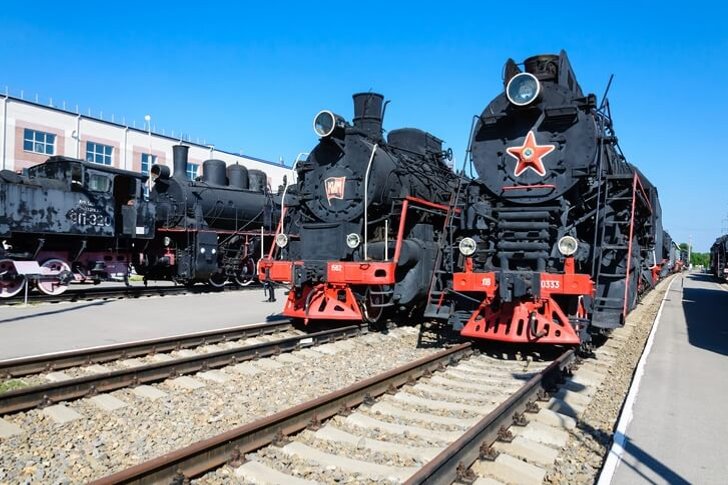
Rostov Museum of Cosmonautics
The museum was founded in 2009 in honor of the 30th anniversary of OAO NPP Kvant. The initiators were the general director and chief designer of the enterprise. The exposition includes belongings of cosmonauts, samples of flying equipment (including elements of the Soyuz vessel), models of ships, rockets and satellites, as well as documents and photographs. In total, the collection contains several hundred items.

Rostov Regional Museum of Local Lore
One of the largest local history museums in the south of Russia, founded in the 1930s. Here are exhibited collections representing the history, nature and culture of the region. During the Second World War, when the city was occupied by German troops, the museum's funds were looted. Some exhibits were returned. In the 1950s, the exhibition moved to a new building on Bolshaya Sadovaya Street, where it is still located.
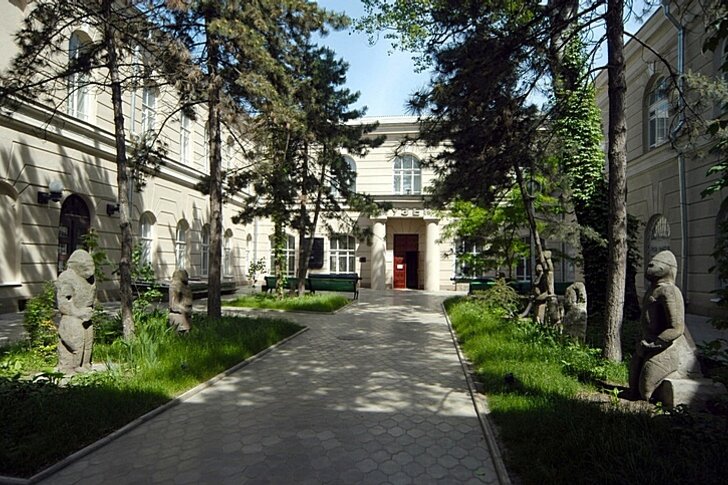
Drama Theater named after M. Gorky
The building of the Rostov theater was erected in the 1930s in the then fashionable style of constructivism in the USSR according to the project of V. G. Gelfreikh and V. A. Shchuko. Then the building was considered one of the best examples of this urban planning style in the whole country - many experts even called it the pearl of Soviet architecture. From afar, the building resembles the silhouette of a tractor with caterpillar side wings.
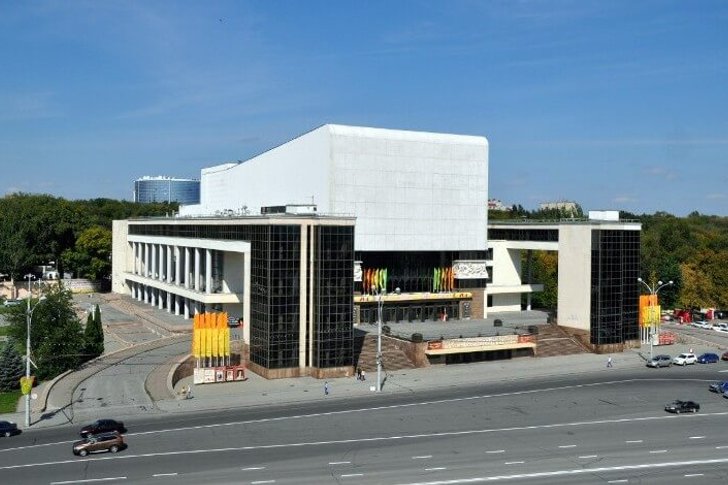
Rostov Musical Theater
It is believed that it was in Rostov-on-Don for the first time in the south of Russia that interest in musical art arose. Traveling bands have been performing here since the 19th century. In 1919, the city acquired its own stage, which in 1931 received the status of a state one. Since 1999, the theater has been housed in a modern building, while its old premises have been recognized as an architectural monument.
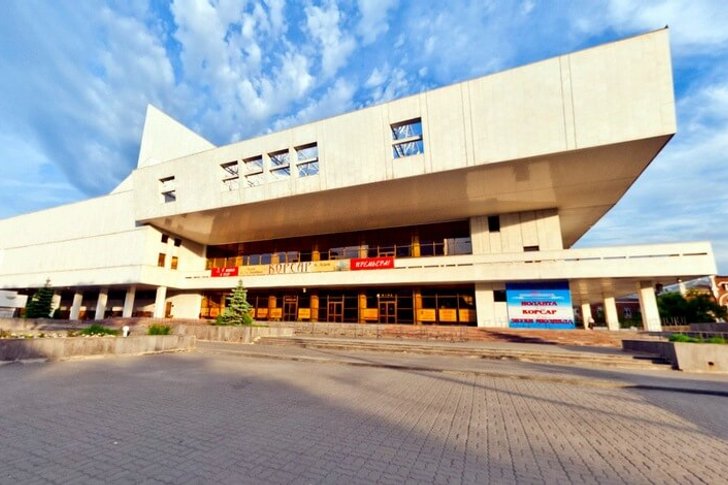
Cathedral of the Nativity of the Blessed Virgin Mary
Orthodox church of the middle of the 19th century, designed by K. A. Ton. The first church on the site of the cathedral was erected in 1781, it was made of wood, but decades later the building burned down. The second appeared in 1822, but after a while it fell into disrepair. The temple that has survived to this day is a five-domed structure in the shape of a cross, executed in the Russian-Byzantine style.
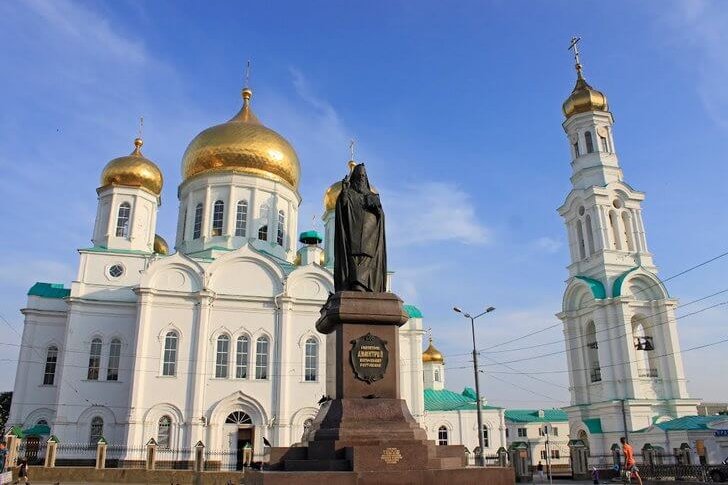
Church of the Intercession
The temple is located in the heart of Rostov-on-Don. It was erected at the beginning of the 20th century, but already in the 1930s the building was demolished by order of the city authorities. A fountain was built on its foundation and a monument to S. M. Kirov was erected. A new temple on the site of the destroyed one was built only in 2007 with voluntary donations collected from all over Russia. The church is made in an eclectic manner and harmoniously combines the features of old styles and modern elements.

Iversky Women's Monastery
The monastery was built at the beginning of the 20th century at the expense of the merchant S. Fedorov, but it did not last long, as the Soviet administration hastened to close the monastery after the 1917 Revolution. In Soviet times, the premises were used as warehouses, workshops, clubs for workers, but despite this, the buildings are quite well preserved. Already in 2004, new buildings were erected for the novices, and in 2016 the Holy Trinity Cathedral was built.
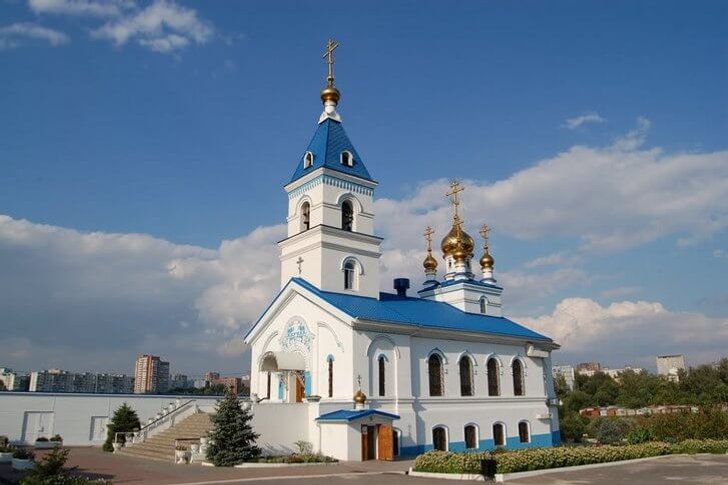
Surb Khach Church
Temple of the 18th century, built by Armenian settlers. Previously, it was part of the monastery complex, which has not survived to this day. The building is made in the classical style and is decorated with porticos and pilasters. The lower floor is crowned with a round tower with a dome. The main relic of the church is a cross-stone (khachkar), brought from the medieval city of Ani, the ancient capital of Armenia.

Monument "Tachanka-Rostovchanka"
The monument was erected in 1977 in honor of the 60th anniversary of the October Revolution at the site where Budyonny's cavalry fought against the retreating units of General A.I. Denikin. A whole group of sculptors worked on the project. The composition consists of four horses (the so-called quadriga), rushing somewhere into the distance, followed by a cart with a human figure standing on it. The monument was restored in 2009.
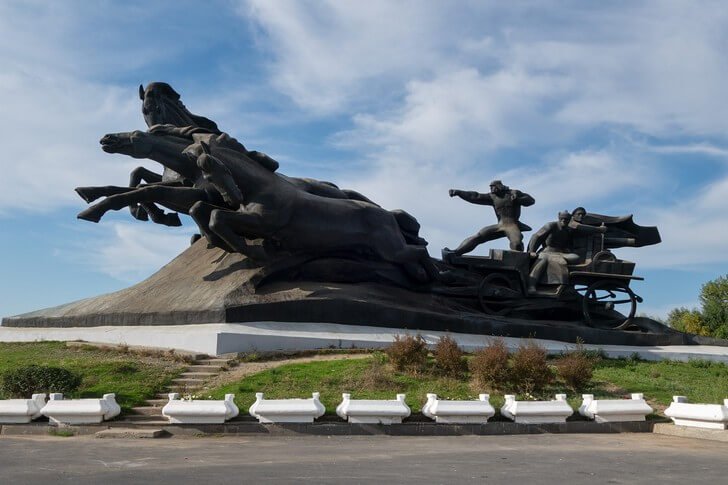
"Zmievskaya beam"
A memorial complex dedicated to the tragic events of the Second World War, namely, the episode when in 1942 in Rostov-on-Don the Nazis killed 27 thousand inhabitants (mostly Jews). The monument was laid in the 1960s. The complex is a park where the Eternal Flame, the Alley of Sorrow, the Memory Square over the mass grave, the sculptural group "Victims of Execution" and the museum are located.
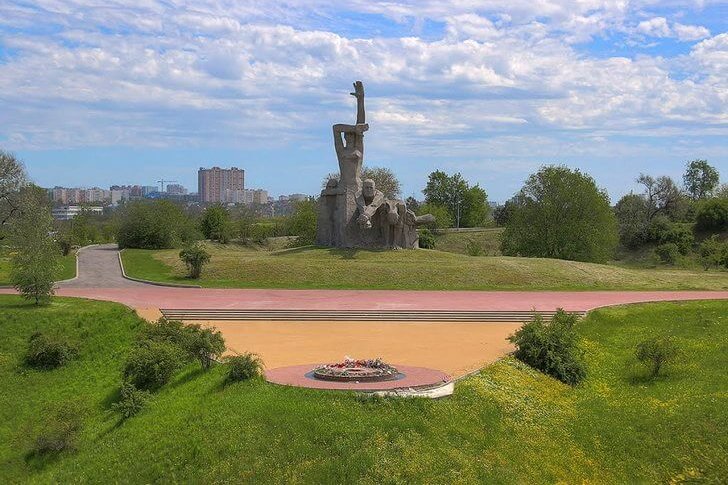
"Kumzhenskaya grove"
Another memorial complex that perpetuated the memory of the soldiers of the Soviet army who fell in 1941-42, who liberated the city from the German invaders. It includes several sculptural compositions located along the main alley, and a mass grave. The most grandiose building is the “Sturm” monument, depicting soldiers going on the attack, and an 18-meter metal stele.
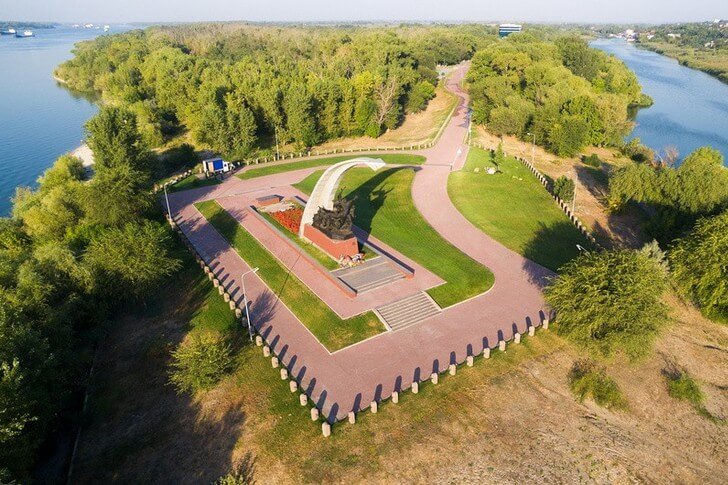
Rostov Zoo
The Rostov menagerie is considered one of the largest in Russia, its area is approximately 90 hectares. He takes part in many international programs aimed at the conservation of rare animal species. There is a vast park area, which is perfect for relaxing and walking. Today, the zoo is home to 400 species of animals. Of these, 105 are under the protection of the IUCN, 33 are listed in the Red Book of the Russian Federation.

touching zoo
As the name implies, the inhabitants of the zoo can be touched, which especially delights young visitors. You can also feed funny animals. Here are kept as typical inhabitants of farms: sheep, goats, chickens, ostriches, rabbits, turkeys, piglets. So are wild animals: hedgehogs, iguanas, chameleons, turtles, bats, guinea pigs and even spiders (although who would think to touch them!).
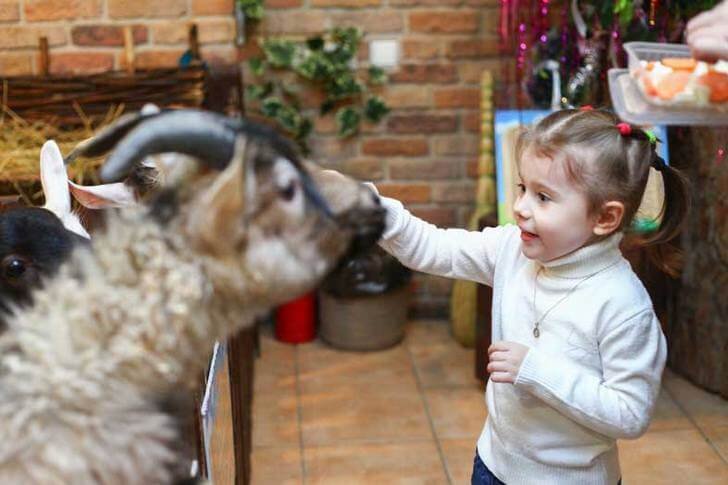
Aquapark "H2O"
A large entertainment complex for the whole family, consisting of water attractions of various levels of "extreme", swimming pools designed for adults and children, saunas, a spa area, cafes and shops. In this place you can spend a lot of time, enjoying a relaxed holiday or an active pastime. If you wish, you can do aqua aerobics or sports swimming here.

Central Park. A. M. Gorky
A unique natural and recreational complex, consisting of two tiers. On its territory there are seven fountains and several architectural monuments, including a rotunda. There is also a cinema, a pavilion for chess tournaments, an open-air museum of wooden sculptures, a jazz hall, a summer stage, cafes and attractions. In a word, the park is never boring, as there is entertainment for every taste.
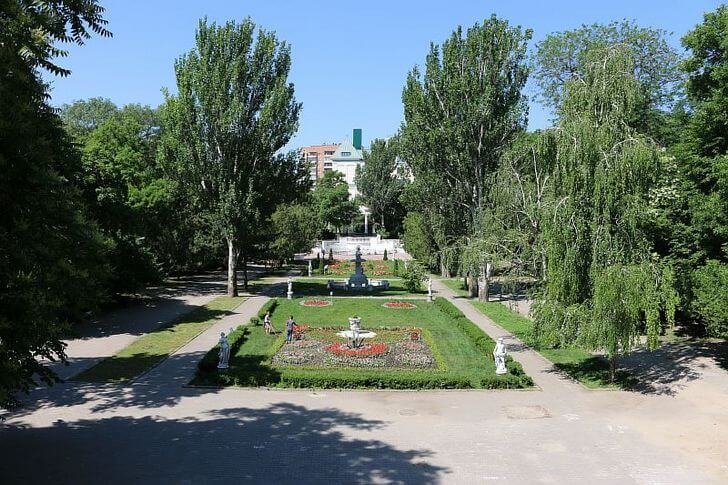
October Revolution Park
The park was founded in 1926 outside of Rostov-on-Don, later it was included in the city limits. In the 1970s, it was one of the favorite vacation spots for Rostovites. The place acquired its modern look in the 2000s, when work was carried out to reconstruct and expand the territory. In 2016, a new Ferris wheel 65 meters high was built here, which became the third largest in Russia.

levberdon
The informal name of urban areas that stretched along the left bank of the Don for almost 10 km. Almost all of their territory is occupied by beaches, walking areas, recreation centers, restaurants, summer cafes, clubs and other entertainment venues. The authorities and private investors see Levberdon as a good tourist potential, so they are investing a lot of money in its development.
